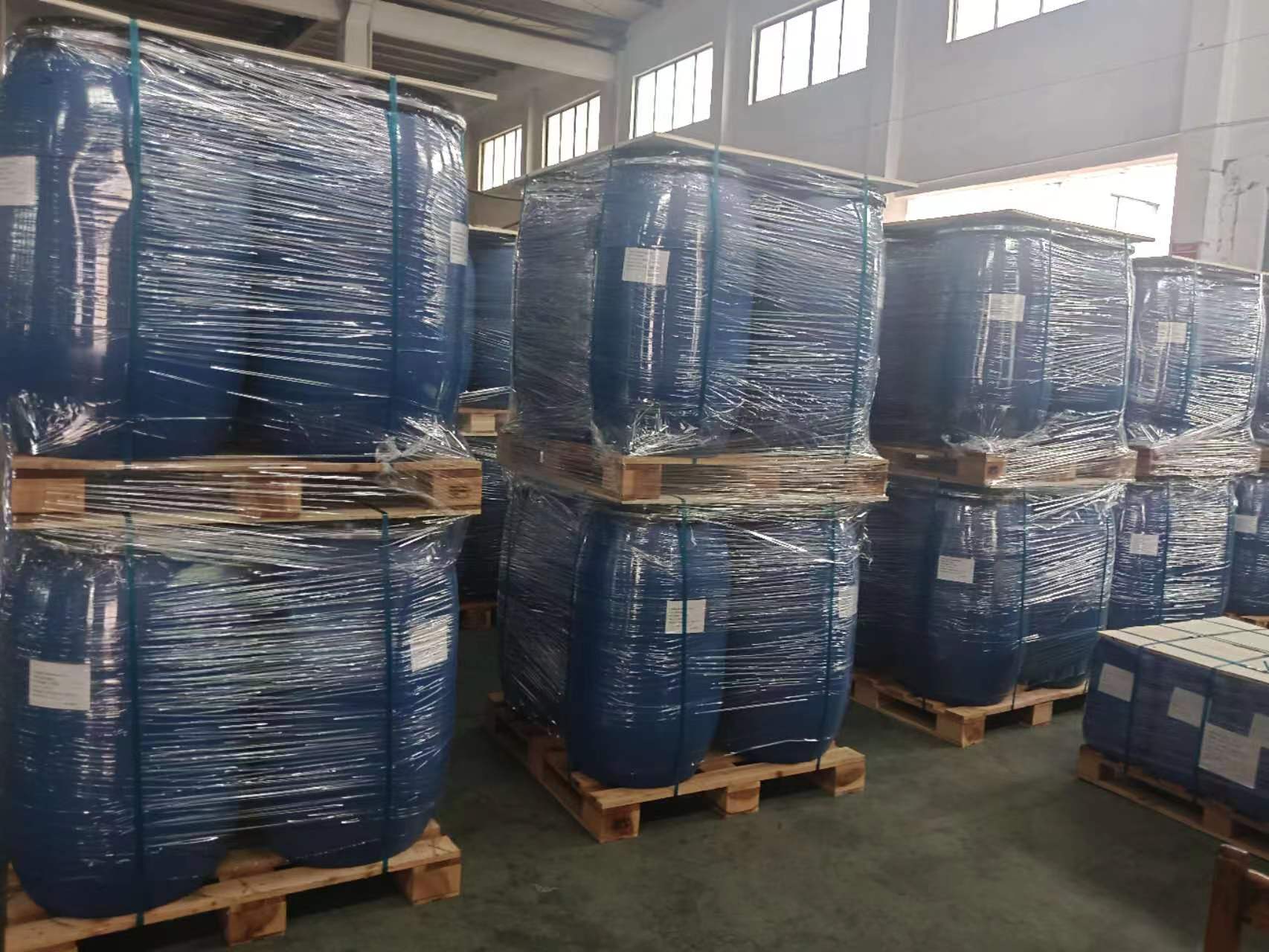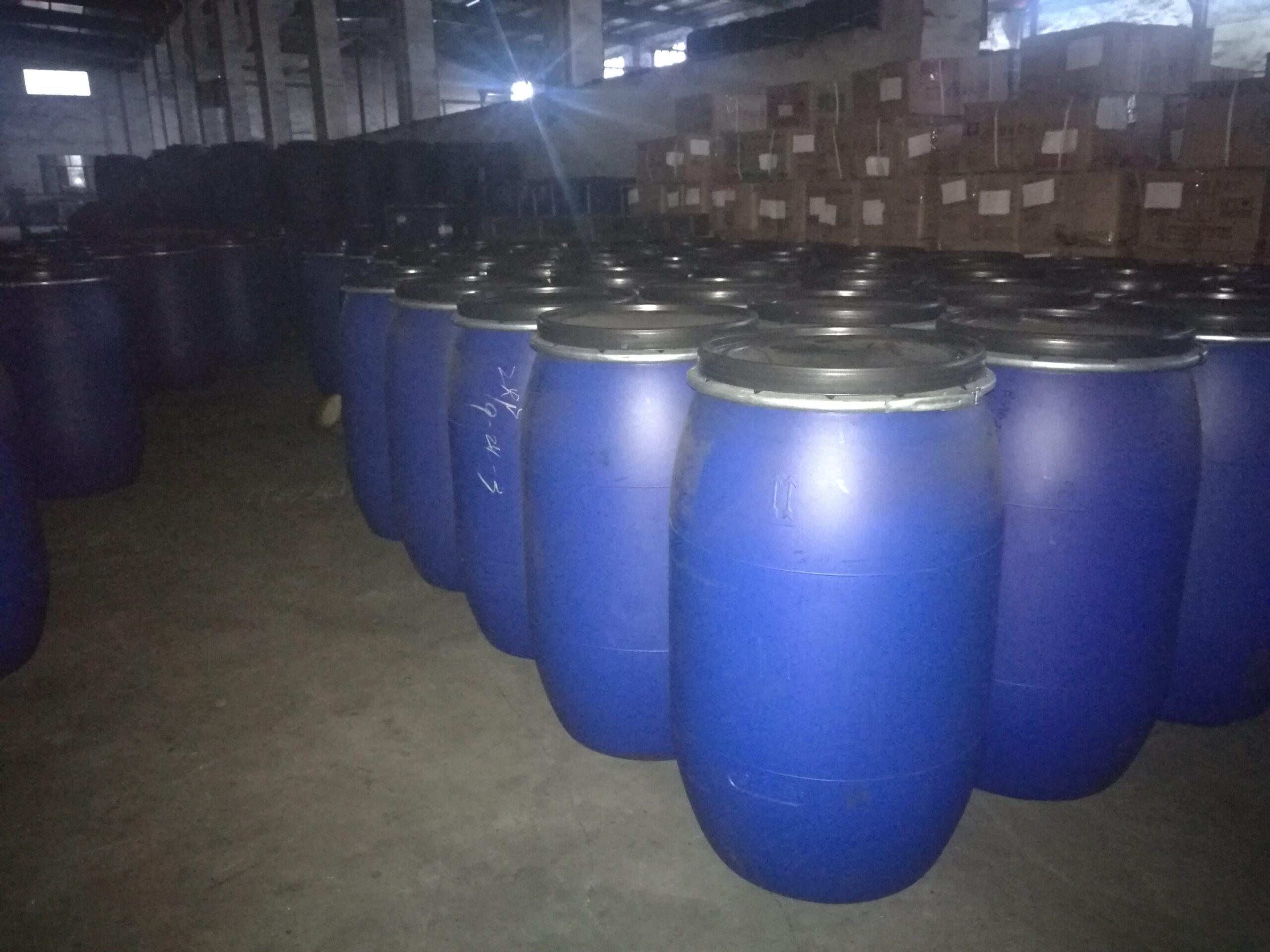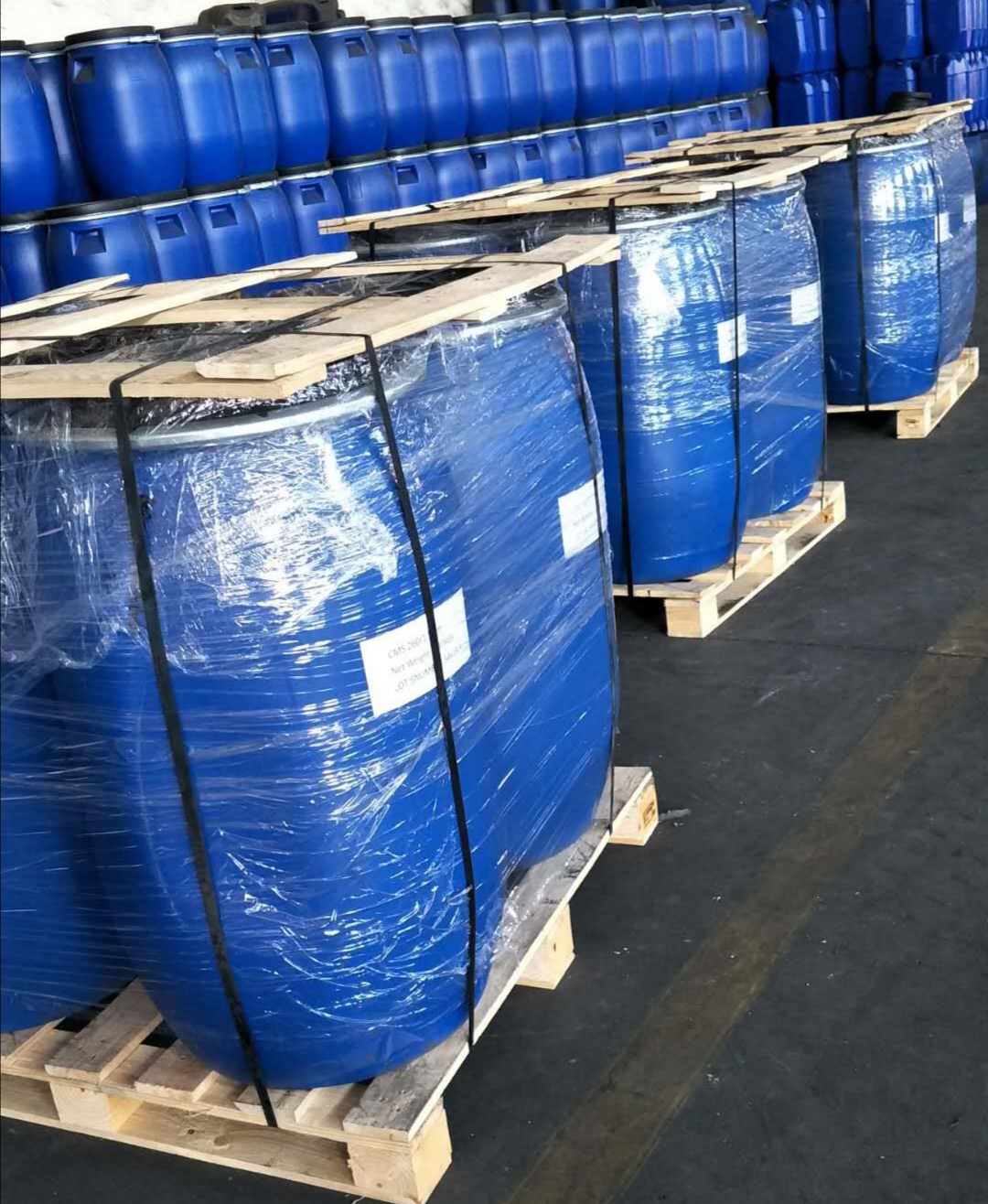How to determine the indicators of carbon molecular sieves?
1. Nitrogen purity
Definition: The volume percentage of nitrogen in the gas produced by the nitrogen generation system.
Determination method: Use a gas analyzer (such as an oxygen analyzer) to measure the oxygen content in the produced gas and calculate the nitrogen purity indirectly.
The target purity is determined based on application requirements, with common ranges being 95% to 99.999%.
Influencing factors: Adsorption performance of the carbon molecular sieve, design and operation parameters of the adsorption tower (such as pressure and time).
2. Gas production rate (flow rate)
Definition: The volume of nitrogen gas produced by the nitrogen generation system per unit time.
Determination method: Use a flowmeter to measure the volume flow rate of the produced gas and compare it with the design value to ensure it meets the requirements.
Influencing factors: Adsorption capacity of the carbon molecular sieve, flow rate and pressure of the compressed air.
3. Adsorption capacity
Definition: The amount of oxygen adsorbed by a unit mass or volume of carbon molecular sieve under specific conditions.
Determination method: Measure the oxygen adsorption capacity of the carbon molecular sieve at different pressures and temperatures through laboratory tests and compare it with the technical parameters provided by the manufacturer.
Influencing factors: Pore size distribution and specific surface area of the carbon molecular sieve, operation conditions (such as pressure and temperature).
4. Adsorption rate
Definition: The speed at which the carbon molecular sieve adsorbs oxygen.
Determination method: Conduct dynamic adsorption experiments to measure the adsorption capacity of the carbon molecular sieve at different time points and evaluate the time it takes to reach saturation adsorption.
Influencing factors: Pore size and surface characteristics of the carbon molecular sieve, gas flow rate and pressure.
5. Regeneration performance
Definition: The ability of the carbon molecular sieve to restore its adsorption capacity after pressure reduction and desorption.
Determination method: Conduct multiple adsorption-desorption cycle experiments to assess whether the adsorption capacity of the carbon molecular sieve remains stable. Observe whether the nitrogen purity and gas production rate after regeneration reach the initial level.
Influencing factors: Water resistance and heat resistance of the carbon molecular sieve, regeneration conditions (such as pressure reduction speed and purge gas flow rate).
6. Compressive strength
Definition: The physical stability of the carbon molecular sieve under high pressure.
Determination method: Use a compressive strength tester to measure the compressive strength of the carbon molecular sieve particles and ensure they do not break easily during long-term high-pressure operation.
Influencing factors: Manufacturing process and material properties of the carbon molecular sieve.
7. Service life
Definition: The duration during which the carbon molecular sieve can maintain stable performance.
Determination method: Evaluate the changes in nitrogen purity and gas production rate through long-term operation records. The typical service life is 3 to 5 years, depending on the operating conditions.
Influencing factors: Anti-contamination ability of the carbon molecular sieve (such as tolerance to moisture and oil), cleanliness of the operating environment.
8. Moisture and oil tolerance
Definition: The ability of the carbon molecular sieve to maintain performance in an environment containing moisture and oil.
Determination method: Simulate conditions with moisture and oil in the laboratory and test the change in adsorption performance of the carbon molecular sieve. Observe whether it is prone to failure or clogging.
Influencing factors: Hydrophobicity of the carbon molecular sieve, efficiency of the pretreatment system (such as air dryers and filters).
9. Energy consumption
Definition: The energy consumed by the nitrogen generation system per unit of gas production.
Determination method: Measure the electricity and gas consumption of the nitrogen generation system and calculate the energy consumption per unit of gas production. Compare it with similar products to assess its economic efficiency.
Influencing factors: Adsorption efficiency of the carbon molecular sieve, system design and operation optimization.
10. Operational stability
Definition: The ability of the nitrogen generation system to maintain stable performance during long-term operation.
Determination method: Evaluate the fluctuations in nitrogen purity, gas production rate, and energy consumption through long-term operation data. Observe whether the system requires frequent maintenance or adjustments.
Influencing factors: Performance stability of the carbon molecular sieve, optimization degree of the system control strategy.
Summary:
To determine the performance indicators of carbon molecular sieves used in PSA nitrogen generation, multiple aspects need to be comprehensively considered, including nitrogen purity, gas production rate, adsorption capacity, adsorption rate, regeneration performance, compressive strength, service life, tolerance to moisture and oil, energy consumption, and operational stability. Through laboratory tests and actual operation data, combined with application requirements, the performance of carbon molecular sieves can be evaluated in detail, and more suitable carbon molecular sieve products can be selected.


